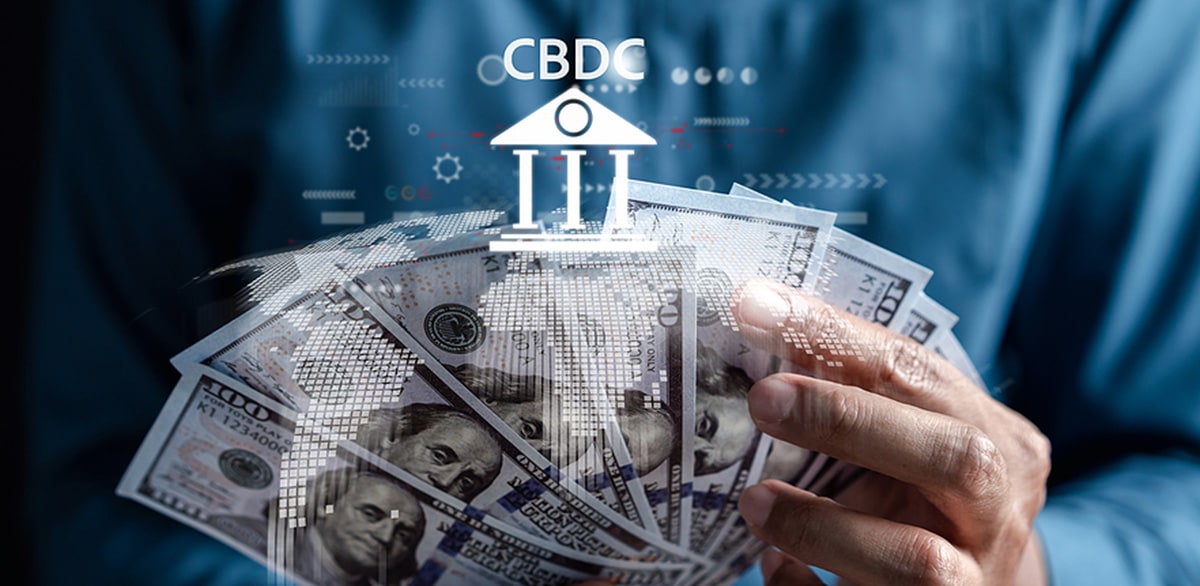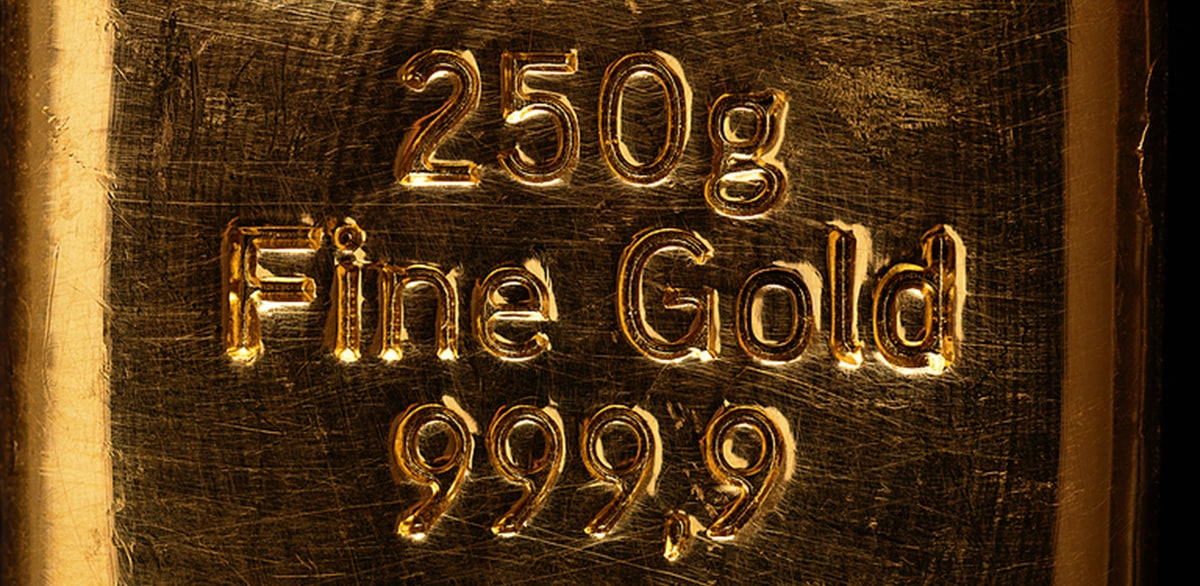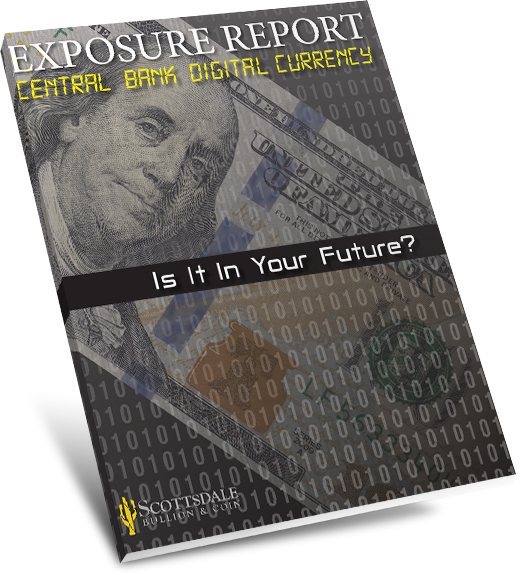
Digital currency gained the attention of those in the financial industry and folks outside of it during the early 2010s with the popularization of Bitcoin. Launched in 2009, Bitcoin became the first form of digital currency, which refers to a digital, decentralized currency utilizing encryption technology, validated by a shared ledger called a blockchain. Bitcoin, which was invented by an anonymous individual or group under the pseudonym Satoshi Nakamoto1, was initially used experimentally in peer-to-peer transactions; by 2011, a single unit of Bitcoin (BTC) reached parity with the US dollar. Within 10 years, the price of Bitcoin would balloon to a historical high2 of nearly $69,000.
Since its conception, Bitcoin has paved the way for other cryptocurrencies, like Ethereum and Tether, to gain legitimacy, with many countries looking for a way to conduct business outside of the US petrodollar. With economic powerhouses like China and Japan heavily investing in going digital and attempting to move away from the reliance on the US dollar as a reserve currency, there is much speculation as to the future value of the dollar and how it may affect commodities like gold. We’ll explore digital currency’s effect on the dollar and how you can expect its relationship with gold to evolve throughout the upcoming years.
The relationship between digital currency and the US dollar
The US dollar is known as fiat money, meaning that it is dependent on the government’s stability and appraisal of value. The dollar is not attached to any physical commodity and has a face value that is worth much more than the intrinsic value of the physical paper itself. From the end of the gold standard in 1971, the value of the dollar has declined, as it is backed by the performance of the US government rather than the value of gold. Since paper money can be created and distributed in a larger quantity and more frequently than gold, which has to be mined and is inherently limited, the US has struggled to maintain its national debt and purchasing power of the dollar.
👉 Related: Beware the Falling Dollar: Gold’s Position in the Future of the US Dollar
Though cryptocurrencies serve as both intangible assets and forms of legal tender, they do not necessarily follow the same valuation criteria as the US dollar. Let’s use Bitcoin as our primary example. Bitcoin’s mining and production are limited to 21 million units, which provides a stern point of scarcity that the US dollar does not have. Though this is not true for all cryptocurrencies (Ethereum does not have a supply cap) it is a great reason why many governments and individuals are keen on developing crypto as both an asset and legal tender. Interest and scarcity are what catapult digital currency into profitability, making one unit (i.e. BTC) worth far more than a single US dollar; crypto can be an investment at the end of the day, similar in some ways to gold and silver. So, what does the value of digital currency as an asset do to the US dollar?
In general, digital currency hasn’t led a full enough life to get a concrete analysis of its effect on the US dollar. What we do know is that the US government has been considering developing a central bank digital currency (CBDC) for quite some time. This notion has received fervent pushback, with legislative attempts to block any recent development of the digital currency initiated by figures like Senate Republican Ted Cruz, Florida Governor Ron DeSantis, and Congressman Tom Emmer.
From what we can gather about digital currency’s brief history, many investors are using it as a hedge against inflation, much like precious metals investors do with gold and silver. With the US dollar continuing to weaken, face threats and digital currency being explored on a larger scale, it appears the investment opportunity has some longevity to it. Alarmed by the series of bank crises in March and April, people began scooping up Bitcoin, the price rising from $20,207 to a year-to-date high of $30,379. In times of financial strife, gold is another investment that typically performs well, as people look to it for of wealth protection.
Though the rise of digital currency can seem like a bad thing for the dollar, it has the power to make the dollar more accessible throughout the world. Stablecoins, which are forms of cryptocurrencies whose value is tied to a different currency or commodity, have the ability to delegitimize local currency in countries like Nigeria, where inflation continues to balloon and the value of the naira deflates. A stablecoin linked to the US dollar would theoretically make the US dollar more accessible in areas where the physical dollar demand cannot be met, since it poses as a digital link to the dollar, allowing citizens to essentially remove themselves from trading with local currency.
The role of gold in the wake of the digital currency boom

This year, we have seen a definitive correlation between the price of cryptocurrencies like Bitcoin and the price of gold. In March 2023, the price of both assets increased at a similar pace as people attempted to protect themselves from bank failures and what felt like a large and looming financial crisis. By the end of March, gold had reached a price of nearly $1,960, and by mid-April, it had reached a high of about $2,046. Within the same time period, the price of Bitcoin jumped from around $28,512 to approximately $30,980.
As folks begin to recover from the bank panic, the price of gold and Bitcoin seem to be fluctuating on a more downward trend together from May to June. This parallel relationship shows that Bitocin as an asset has given people the sense of financial security during 2023, and this newfound correlation could indicate that, though cryptocurrencies like Bitcoin may not be replacing the US dollar anytime soon, the digital assets are becoming an interesting hedge against economic woes, but it’s early.
The downside to digital currency
However, it is worth mentioning that, when deciding between time-tested assets like gold and silver versus digital currency as an investment, you may fare better going the precious metals route. As mentioned previously, some crypto options like Bitcoin depend on both demand and scarcity to determine and uphold the value of a single unit. Gold, however, has an intrinsic value based on its use as a tangible, useful metal that never loses all of its worth.
👉 Related reading: Digital vs. Fiat: Could CBDC Replace Cash?
All digital currency faces the threat of global legislation that limits or outright bans its trading ability. In addition, volatility and lack of physical usefulness is risk for crypto investments. Some countries have strict regulatory requirements for the exchange and use of cryptocurrencies, and others have outright banned them, focusing on developing their own form of digital currency instead. Money launderers and fraudsters often use cryptocurrency to perform criminal activity, which increased the scrutiny on those who regularly use the payment type. When purchasing and selling gold, you are not confronted with nearly as many risks and concerns.
People who thought they had cryptocurrency with [FTX] all of a sudden realized, they couldn’t withdraw any of their money.–Precious Metals Advisor Todd Graf
Additionally, the value of gold has been steadily increasing for the past 5 years and has seen a 6.57% increase in the past year. Bitcoin, on the other hand, experienced a 14.90% decrease in value from last year. Those who would prefer a time-tested investment they can count on should consider physical gold before investing in crypto, especially since gold is predicted to be on an upward trend as we progress through the rest of 2023.
The safe way to invest
Digital currency has graduated from an experimental tool used solely by tech enthusiasts to a global phenomenon that just may shift the way we view assets and legal tender. With so many nations across the world choosing to implement digital currency as a method of combating domestic inflation and currency devaluation, it is more important than ever before to consider protecting your wealth through diversification. Choosing an investment, like gold, that retains value and performs well during times of economic turmoil is an essential decision that will help you explore your own crypto investments in a less risky manner.
Want to know more about how you can use your precious metals investment to diversify your portfolio and defend your wealth? Check out our FREE precious metals investment guide for additional details!


